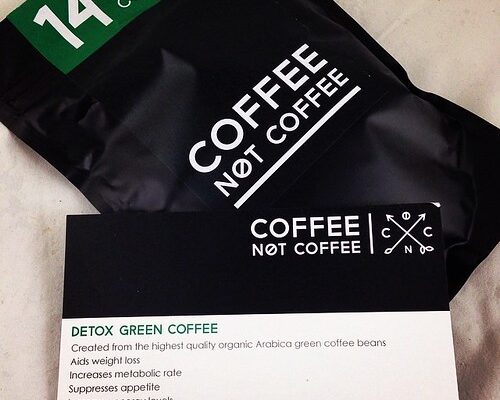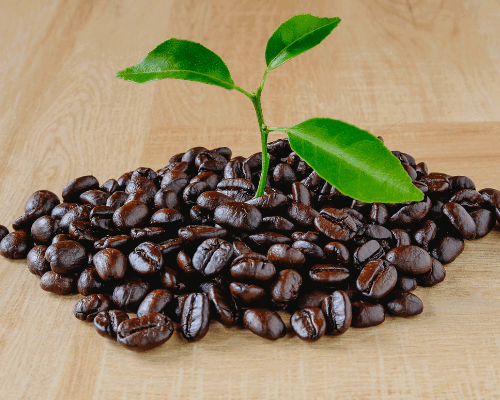Blog
Making Psychedelic Mushroom Tea
Psychedelic mushroom tea offers an alternative method of ingestion that is both more pleasant and more digestible, helping reduce nausea which can often accompany taking magic mushrooms.
There are various methods available for making psilocybin mushroom tea. We will cover some of the more effective and popular approaches in this article.
Method 1: Steeping
Mushroom tea can be easily made by steeping dried mushrooms with hot water for several minutes until all liquid has been consumed. This method has become popular due to its wide-ranging health-supportive benefits, including increased immunity and lower inflammation levels, detoxification aid, stress regulation, anxiety reduction and helping boost brain functions.
Dried magic mushrooms can be chopped into small chunks or ground into powder before being added to hot water for consumption, infusing their psychoactive compounds that can produce altered states of consciousness and other pleasurable experiences. Unfortunately, due to the nature of dried magic mushrooms it may be challenging to identify them accurately, so it is wise to exercise extreme caution and never consume any poisonous varieties which may have detrimental health impacts.
Some people opt to add medicinal herbs and spices into their mushroom tea to enhance its overall experience and promote different aspects of mind and body function. Such ingredients might include sage, cinnamon, ginger, juniper berries and pepper – often creating an earthier and warming taste to the beverage itself. You could brew the tea alone or blend with other mushrooms such as reishi for its soothing qualities or cordyceps for increased energy boosting properties – depending on what effect you’re looking for – the combination may produce desired effects in terms of mind or body functions –
Consuming magic mushrooms through capsules provides another method for microdosing psilocybin or other psychedelic compounds, with many microdosers preferring this approach as it allows for precise tracking of effects over time. To create capsules it requires both a coffee grinder and scales capable of measuring milligrams; then the capsules can be filled with either dried mushroom powder alone, herbs and spices or combinations, which can then be measured out for each dose individually.
Some people enjoy mixing various mushroom varieties to craft custom herbal blends for various uses and moods, such as using Reishi and Cordyceps together to help promote focus and clarity of thought on busy mornings, or Lion’s Mane and Ashwagandha together to reduce anxiety. When it comes to mushroom tea making, there is no end of possibilities; simply experiment with various combinations until you find ones you enjoy!
Method 2: Capsules
Capsules offer an ideal alternative for those who do not like drinking mushroom tea, or those with an intolerance to certain mushrooms, who wish to microdose their dose of psilocybin. You can find capsules at most health food stores and easily add it into hot beverages.
For maximum effectiveness, it’s advised to grind up your mushrooms into a fine dust or powder before filling empty capsules with them. This ensures the most rapid and even release of psilocybin into your system as quickly as possible. A coffee grinder and set of accurate milligram scales may come in handy for this method – empty capsules may also be found online or at health food stores.
Step one is to heat a small amount of water. Care should be taken not to overheat as too much heating can destroy psychedelic compounds. Once at 70oC, add powdered mushrooms and stir. Leave for several minutes until bubbles appear before taking it off the heat and allowing it to cool off to room temperature.
Once the mixture has settled, you can begin filling capsules. When filling, be sure to limit each one to no more than 1 gram of psilocybin; this should provide an optimal dosage for most people. After they are filled and sealed for storage purposes.
Psilocybin users often report experiencing nausea as a side effect of ingestion, due to mushrooms being predominantly composed of indigestible chitin. Cooking mushrooms helps break down this indigestible material and ease digestion and decrease nausea; however, some people choose not to cook mushrooms out of fear that doing so would degrade psychoactive compounds, leading to less enjoyable experiences or risking contamination with other drugs.
Ginger can help reduce the effects of psilocybin by adding it to tea, as this root contains natural antiemetic agents like gingerol and shogaol that have antiemetic properties due to their phytochemical presence in your stomach and help block serotonin release, which triggers nausea and vomiting. By adding ginger as part of any mushroom preparation method, reducing nausea is significantly increased.
Method 3: Lemon Tek
Psychotic mushroom tea is an easy and tasty way to take in psilocybin mushrooms, providing an alternative to eating whole mushrooms which may be difficult to digest or cause nausea for some individuals. You can control both dosage and intensity with this method by sipping tea containing an active dose of mushrooms or truffles – adding ingredients such as ginger can even reduce nausea symptoms!
Lemon tek psychedelic mushroom tea involves finely grinding dried mushrooms before allowing them to sit in fresh lemon juice for 15-20 minutes, before being exposed to citric acid that accelerates their absorption. Therefore, starting off with a lower dose (a microdose is ideal) before gradually increasing it with subsequent sessions.
Lemon tek can help mitigate nausea, one of the more prevalent side effects associated with magic mushroom consumption. Chitin, an indigestible polysaccharide found in mushrooms, triggers inflammation and an immune response leading to stomach discomfort and nausea; however, cooking mushrooms breaks down this chitin, helping digestion while alleviating its side effects and thus helping avoid nausea altogether.
Tea made of lemon tek psychedelic mushroom can not only alleviate nausea, but it can also enhance your experience by slowing the onset of its high. Psilocybin in mushrooms converts to psilocin outside of your body through interaction with stomach acid; therefore it’s crucial that your dosed appropriately in order to avoid an unpleasant trip.
Method 4: Chewing
Mushroom tea is an increasingly popular alternative to eating raw mushrooms and truffles directly, especially for those who find their taste offensive or unpleasant when consumed in large doses. Bypassing this unpleasantness with mushroom tea drinking, people may find their experience more pleasant overall.
Lemon juice or citric acid added to a tea brew will convert psilocin into an active form that is quickly absorbed, providing a higher and more intense experience than simply sipping tea alone. Furthermore, adding lemon juice may help prevent nausea or stomach upset caused by drinking the tea alone.
To create psychedelic mushroom tea, it’s best to start with ground up dried mushrooms that have been ground into powder form. Doing this allows the mushrooms to absorb more psilocin once consumed. Add hot water and allow the powder to steep for 20 minutes – some people like to add ingredients such as reishi or chaga to make for an enhanced experience!
Assuming you know how to prepare mushroom tea properly, the main focus should be avoiding overheated water that will destroy psilocybin and reduce its effects. Aim for 70oC instead. Additionally, make sure that mushrooms are ground into fine powder before steeping – this increases surface area and accelerates psychotropic effects faster.
If you prefer not to make your own psychedelic mushroom tea, there are numerous pre-made varieties available online and at health stores. These teas are created from various mushrooms and herbs such as reishi, chaga and cordyceps; making it an easy solution if making one yourself is time consuming or tedious.
Psychonaut mushroom tea offers a less messy and more pleasant alternative to eating mushrooms or truffles; it allows individuals who wish to microdose the ability to precisely control their dosage.




